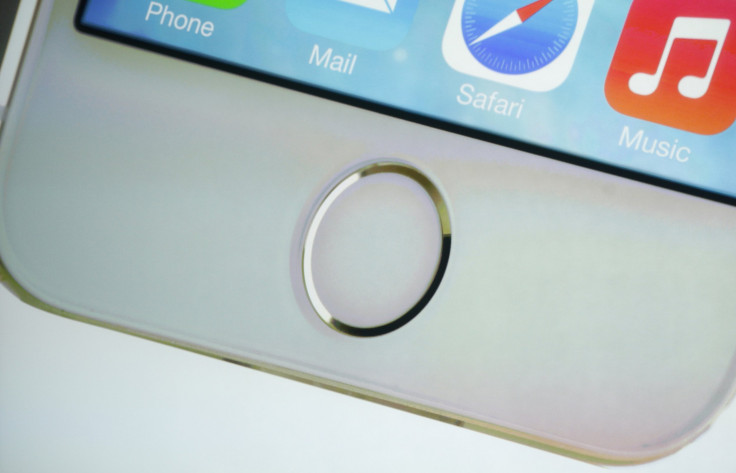Apple iPhone 6 TouchID Seeing Huge Production, Suggesting New Product In The Works

Apple Inc.’s (Nasdaq:AAPL) TouchID system was greeted with both cheers and jeers since it debuted on the iPhone 5s last September. Almost a year later, it looks like Apple’s next iPad Air and iPad Mini will be the next devices to sport the fingerprint scanner.
According to a report from China Times, Taiwan Semiconductor Manufacturing Company (TSMC) is ramping up its 8-inch chip plant to manufacture enough TouchID sensors to supply the three Apple devices that will most likely be launched this fall. In the report, China Times says that TSMC is looking to produce 120 million units in 2014, a 233 percent year-over-year increase.
While it's no surprise TSMC is making more sensors this year than last year, the massive increase signals something big, and it may mean Apple is expecting the biggest upgrade cycle in its history.
According to Unity3D, approximately 37 percent of currently active iPhones are available for upgrade (iPhone 5 or earlier). Combine that number with the fact that, according to a recent survey by WalletHero, 63 percent of people surveyed plan to buy the iPhone 6 (84 percent of whom will upgrade from a previous iPhone). While it is hard to estimate exactly how many iPhone sales that will equal (some say there are 300 million active iPhones on the market currently), it's clear there's a lot of interest in the next iPhone, and that means big sales for the Cupertino, California company.
The iPad numbers are a little less clear, however. Thirty-three percent of iPads are at least a generation old, but users tend not to upgrade tablets as often as smartphones. Currently, 11 percent of iPads on the market are the second generation iPad 2, while the most recent iPad Air only holds 4 percent of the market.
Using estimated numbers, it looks like 59 million people will upgrade to the iPhone 6 next year, which is a staggering number but still in line with how many iPhones were sold last year. Apple sold 47.3 million iPhones between October and December 2013. That number includes the iPhone 5c, which may or may not get an inline upgrade this year.
If Apple achieves those sales numbers next year, that leaves 60 million TouchID sensors allotted for other devices. In the first quarter of 2014, Apple sold 16 million iPads. Even if those numbers recur this Christmas, TSMC would still be looking at a surplus of more than 44 million sensors produced.
While some of that number will comprise overhead and extra units for spares, this surplus suggests two scenarios. In the first scenario, Apple is creating another device that will use the TouchID fingerprint sensor. That device may be the fabled iWatch, the larger 5.5-inch iPhone 6 or perhaps an implementation of TouchID on the MacBook line. Or, in the second scenario, China Times’ speculative number of sensors is off, though the paper has a reputation for accuracy.
Ultimately, when looking at the numbers, one thing is clear: Apple is gearing up for a very good year. The iPhone 6 is in demand and Apple is preparing for launch.
© Copyright IBTimes 2024. All rights reserved.





















